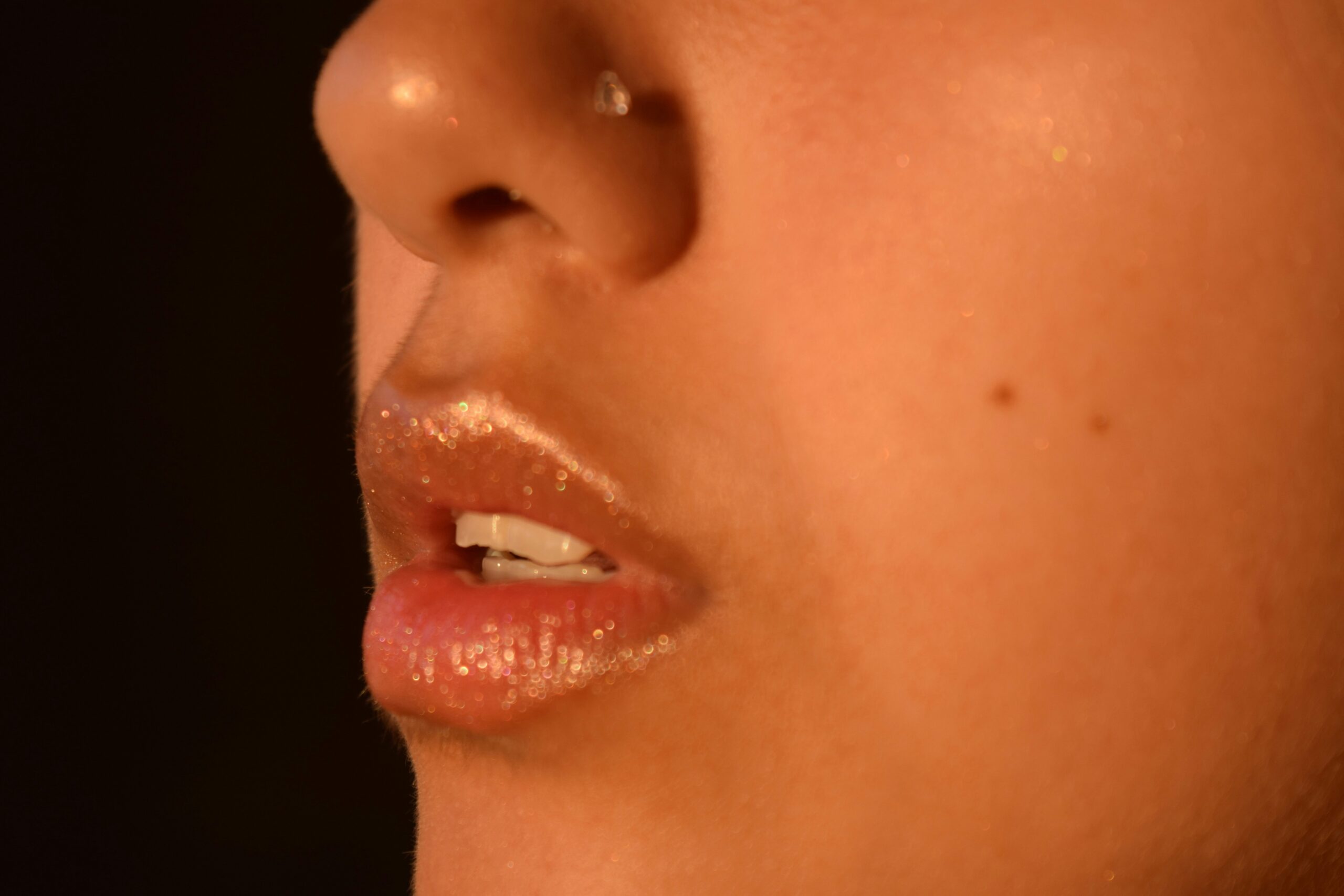The internet has been buzzing lately, and it’s all thanks to rapper GloRilla’s recent reveal. The Memphis-born artist, known for her breakout hit “FNF (Let’s Go),” shared selfies on social media that had fans doing a double-take. Her nose appeared more sculpted, sparking widespread speculation that she’d had a cosmetic procedure. Instead of dodging the rumors, GloRilla seeminglly confirmed them with a cheeky “& DID 😏” tweet that sent social media into a frenzy.
The possibility of a GloRilla nose job ignited a broader conversation online, especially among Black women, about the growing interest in plastic surgery procedures that enhance one’s natural features without erasing cultural identity. At the center of this dialogue is the ethnic rhinoplasty.
What Is Ethnic Rhinoplasty?
Ethnic rhinoplasty is a specialized form of nose surgery designed specifically for individuals of non-Caucasian descent. Unlike traditional rhinoplasty, which often follows Eurocentric beauty standards, ethnic rhinoplasty takes a more customized and culturally sensitive approach. It’s not about creating a one-size-fits-all nose. Rather, it said to be about refining and enhancing what’s already there in a way that honors your heritage.
For many Black women, ethnic rhinoplasty may involve reshaping wide nostrils, elevating a low nasal bridge, or refining a bulbous tip. The goal is always to achieve a harmonious balance that complements other facial features. Importantly, this procedure emphasizes preserving ethnic identity rather than minimizing it.
Why More Women Are Considering Ethnic Rhinoplasty
The appeal of ethnic rhinoplasty lies in its deeply personalized nature. Unlike traditional rhinoplasty, which may unintentionally strip away ethnic characteristics, ethnic rhinoplasty offers a path that enhances without erasure. This makes it particularly attractive to individuals who want to feel more confident in their appearance while still looking like themselves.
In addition to aesthetic reasons, some women pursue this surgery to correct functional issues like breathing difficulties. And for many, the emotional benefits, like boosted self-esteem, increased confidence, and the affirmation of personal beauty, are just as significant as the physical results. When performed by a skilled surgeon familiar with the intricacies of diverse facial structures, the results can be life-changing in the most affirming way.
How Much Does Ethnic Rhinoplasty Cost?
The cost of ethnic rhinoplasty varies widely based on factors like geographic location, the surgeon’s level of expertise, and the complexity of the procedure. Generally speaking, the price ranges from $3,000 to $15,000. While this is similar to traditional rhinoplasty, ethnic rhinoplasty may fall on the higher end due to its specialized nature. Investing in a surgeon who understands the nuances of your facial structure and cultural background is essential to achieving a result that feels both natural and respectful of your identity.
What About Recovery and Longevity?
Recovery from ethnic rhinoplasty is a journey that requires patience, but the payoff can be well worth it. Most patients experience swelling and bruising during the first one to two weeks, which gradually subsides. By the two or three week mark, many people feel comfortable returning to work or social activities. Visible improvements usually emerge within three to six months, though the nose can continue refining subtly for up to 12 to 18 months.
As for longevity, the results of ethnic rhinoplasty are considered permanent. Once healing is complete, the refined shape should last a lifetime, barring injury or major changes in the facial structure.
If you’re considering an ethnic rhinoplasty, it’s essential to do your research, consult with board-certified plastic surgeons who have specific experience with ethnic features, and make a decision that feels right for you. Because ultimately, the most beautiful transformation is one that empowers you to fully show up as yourself.
